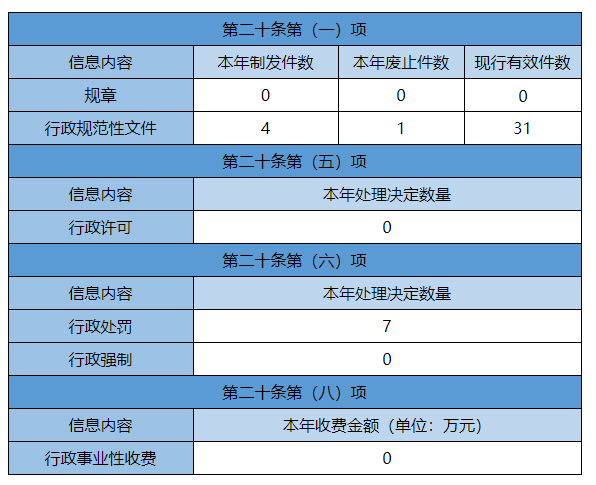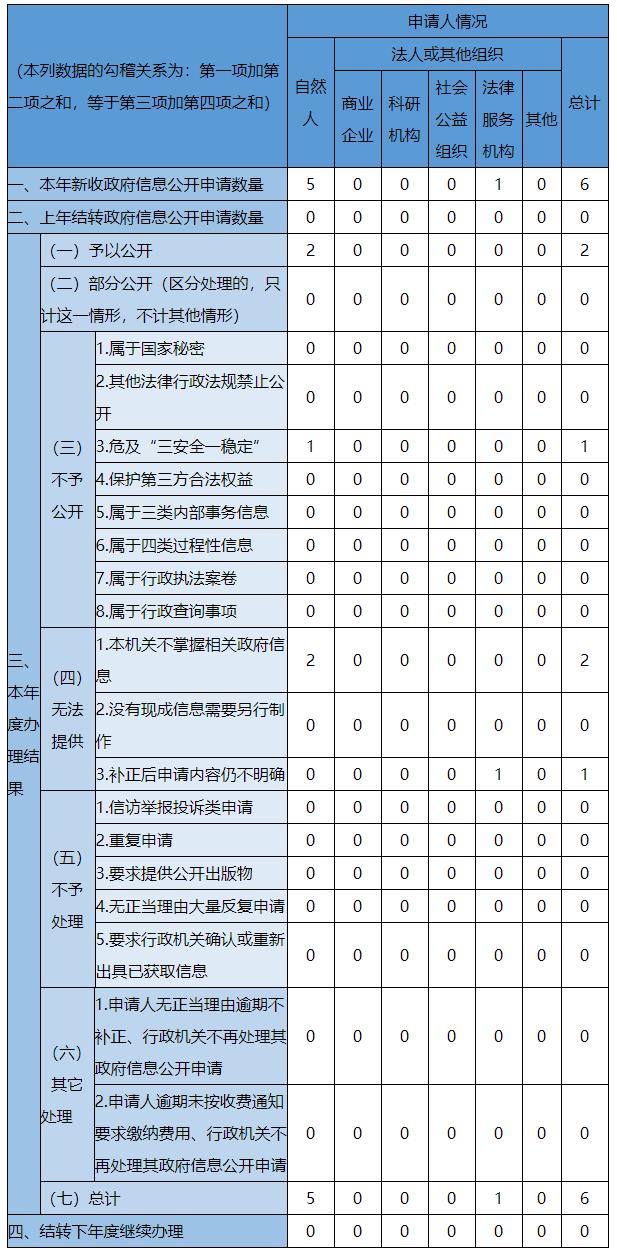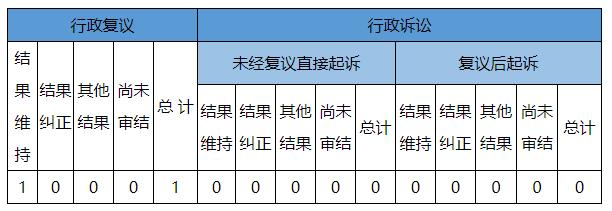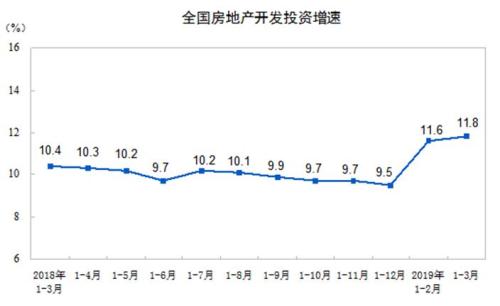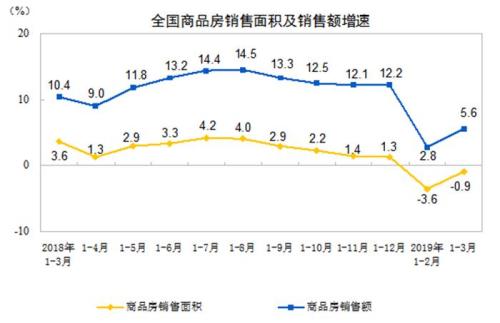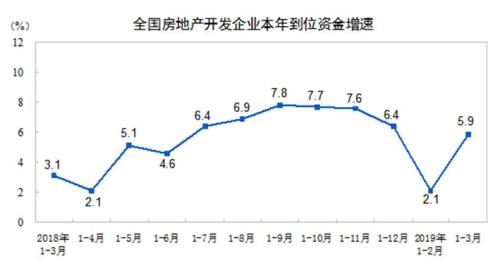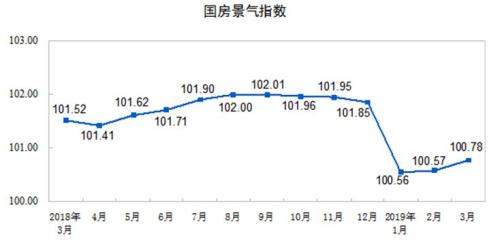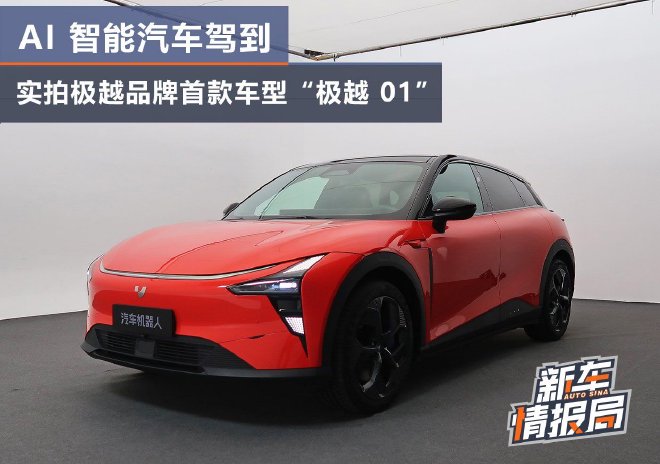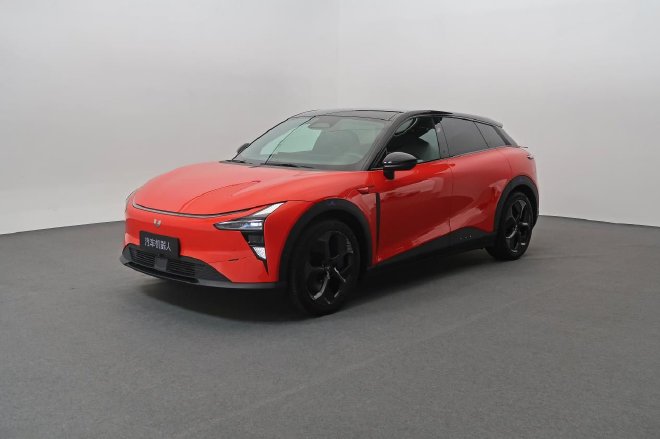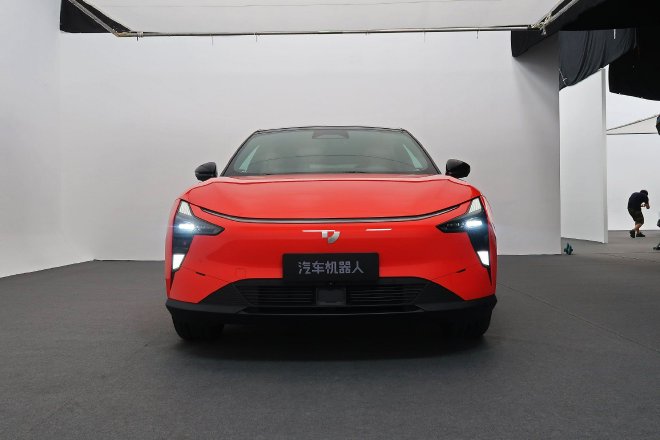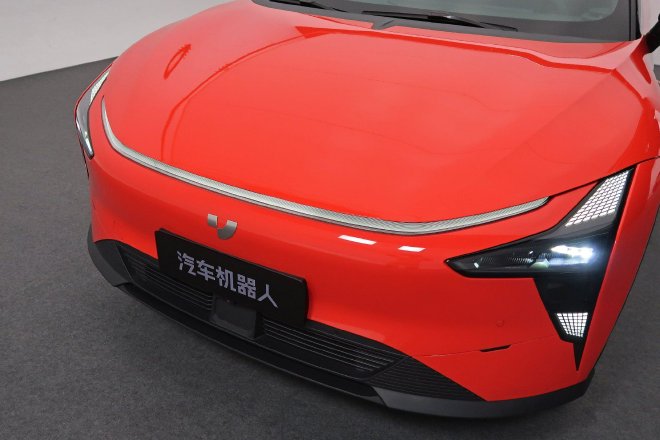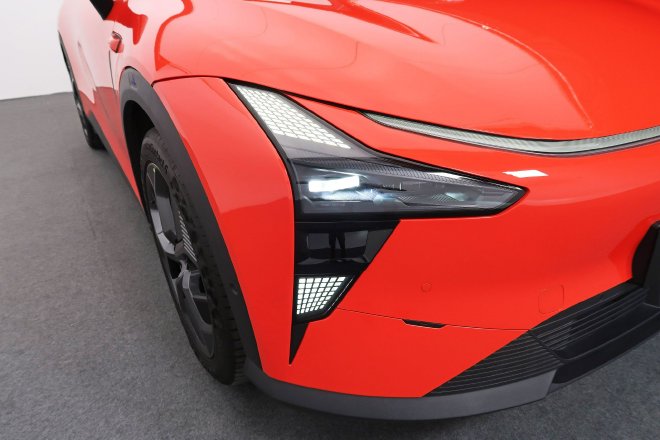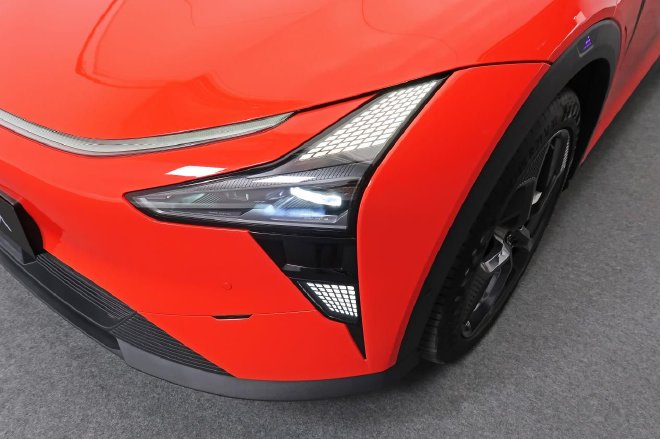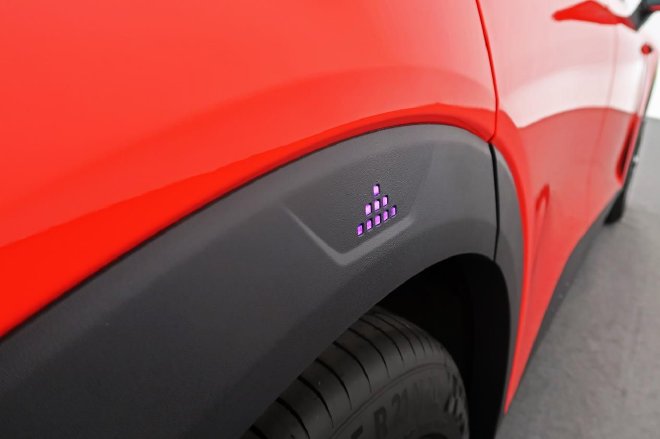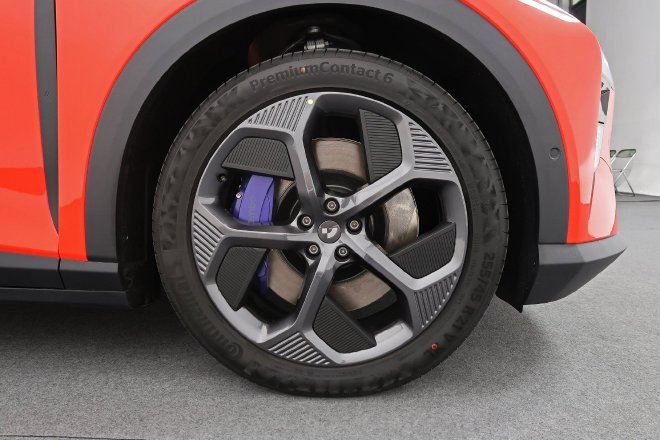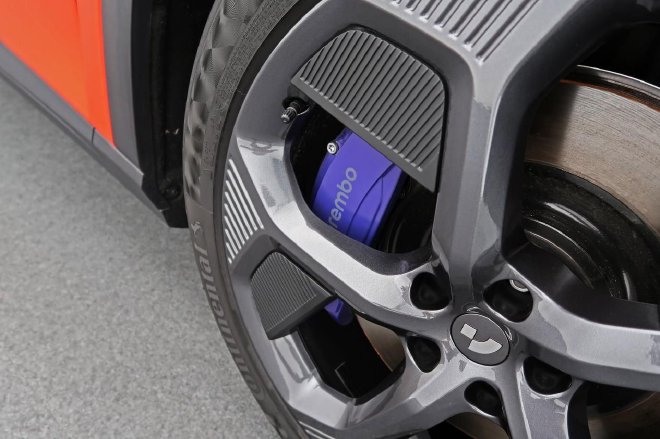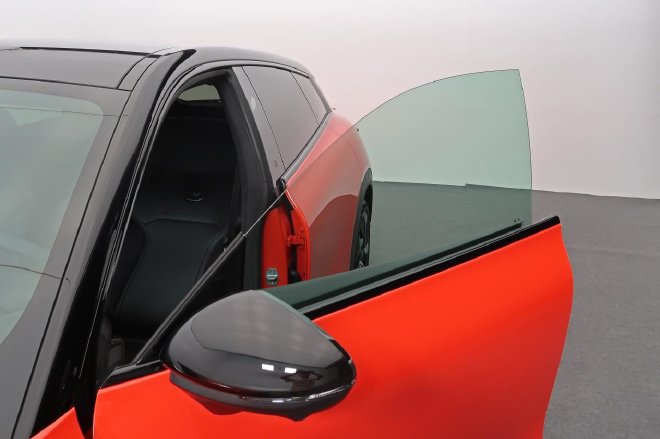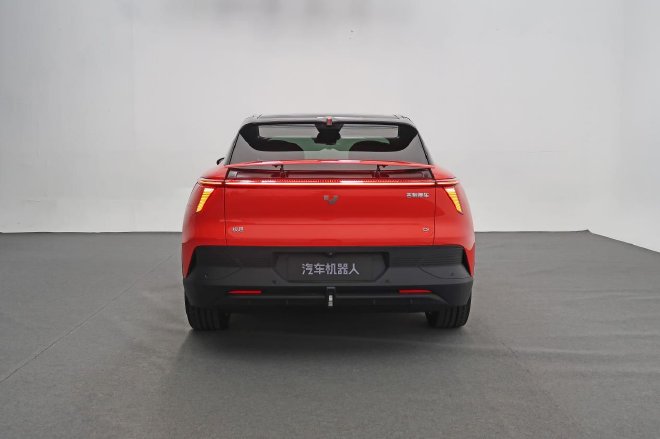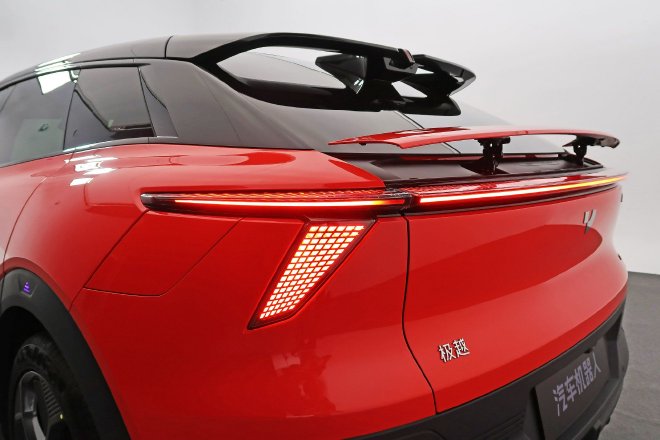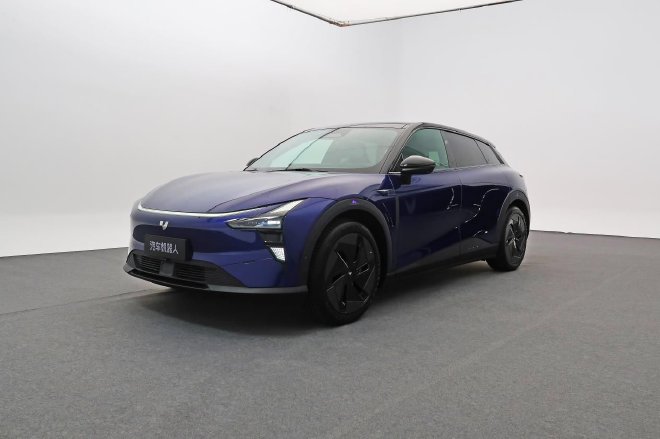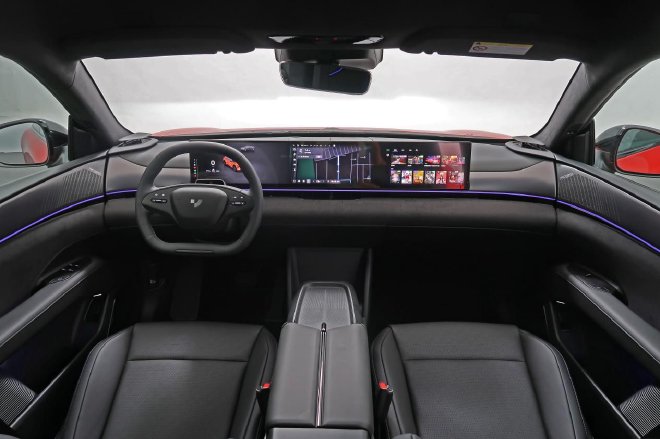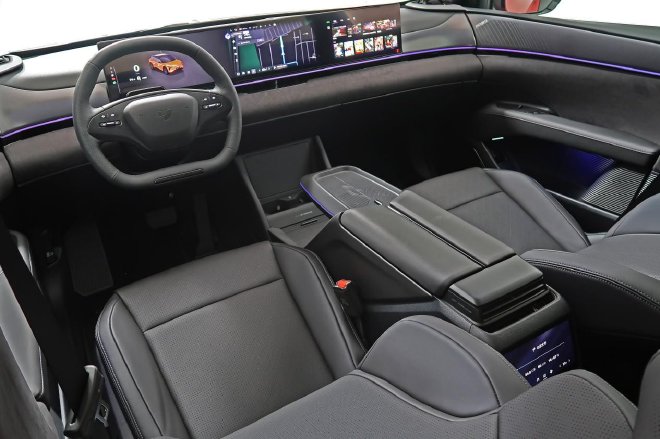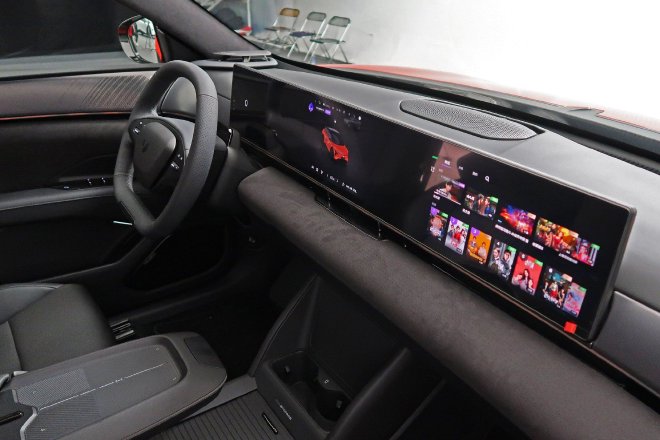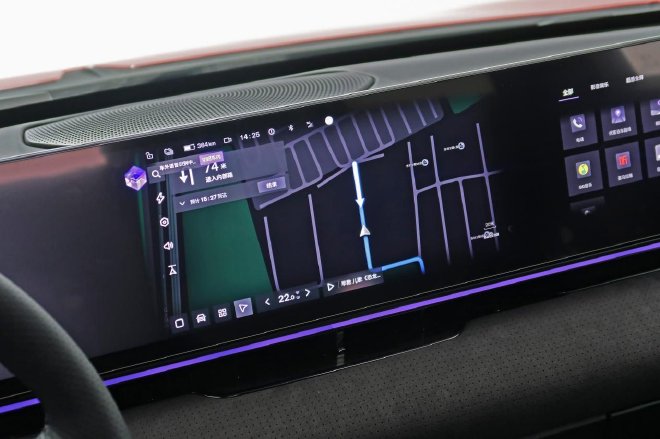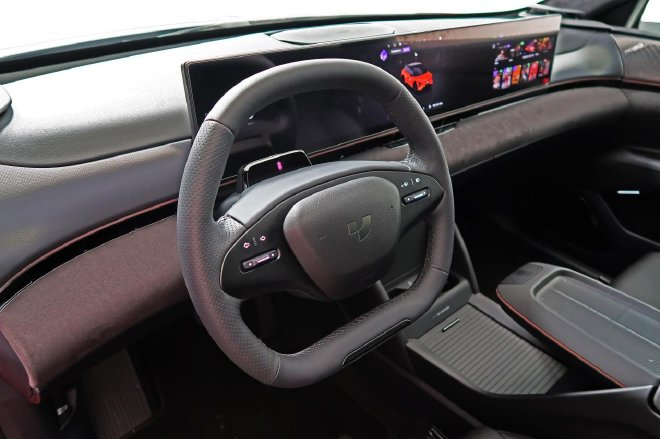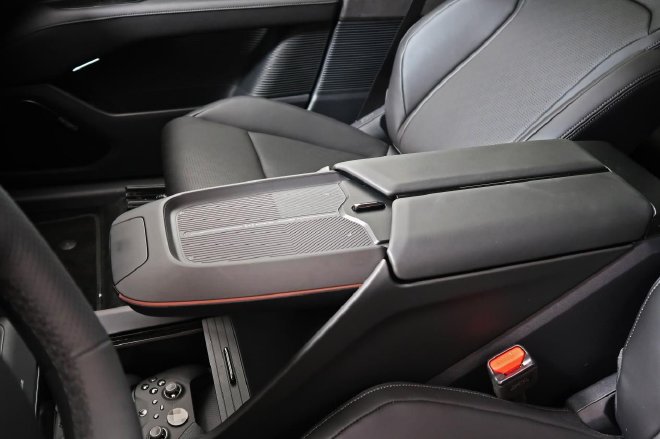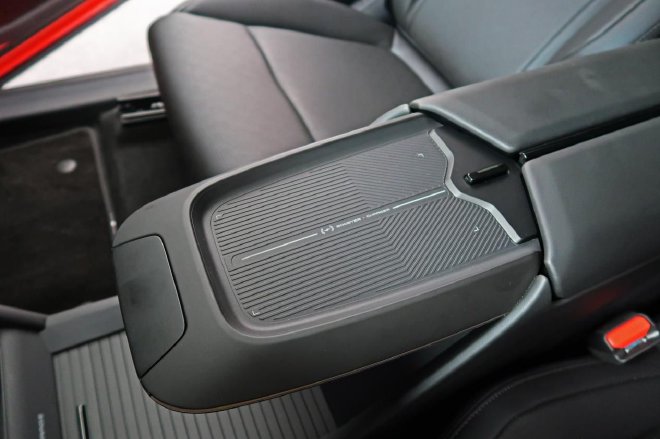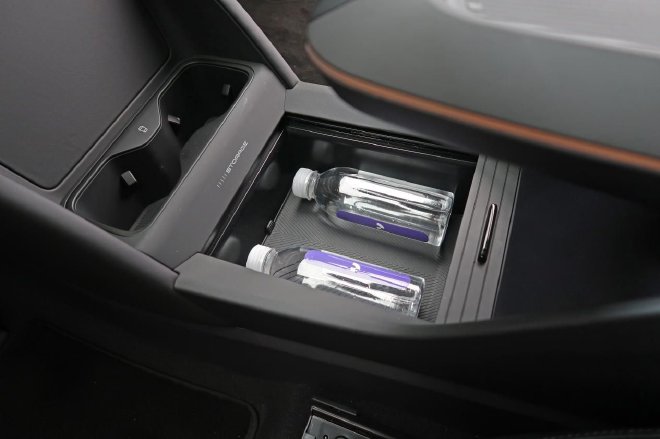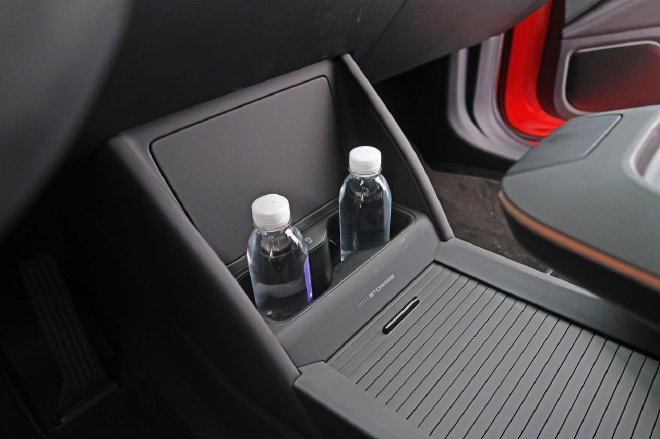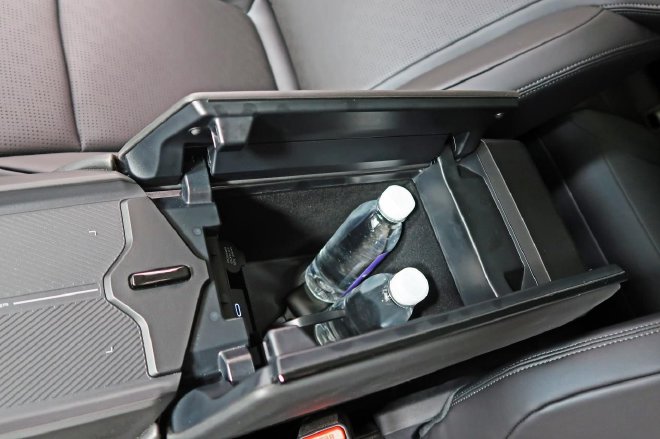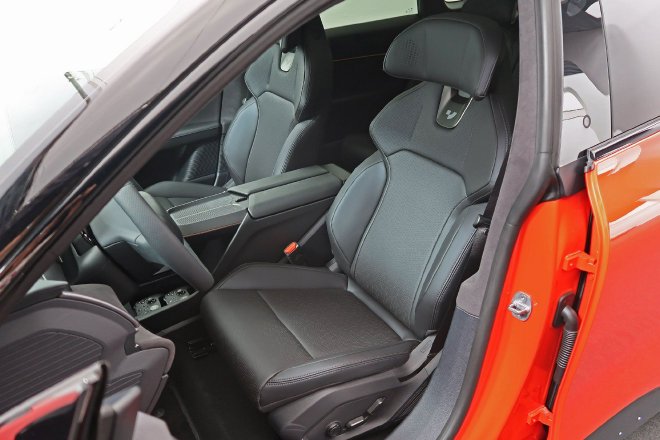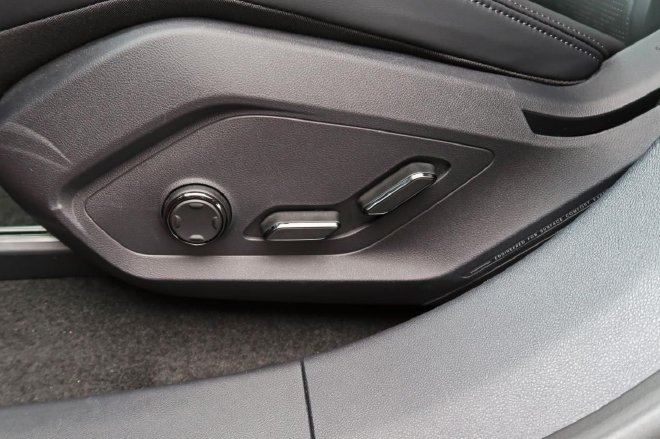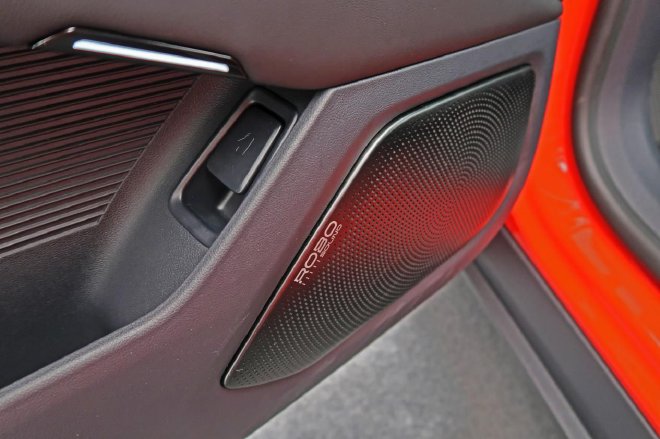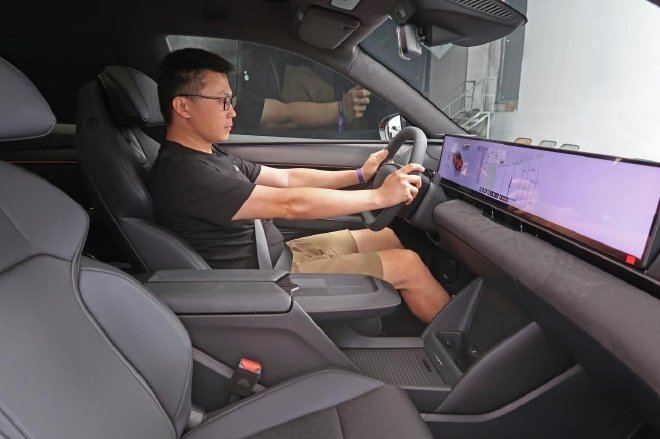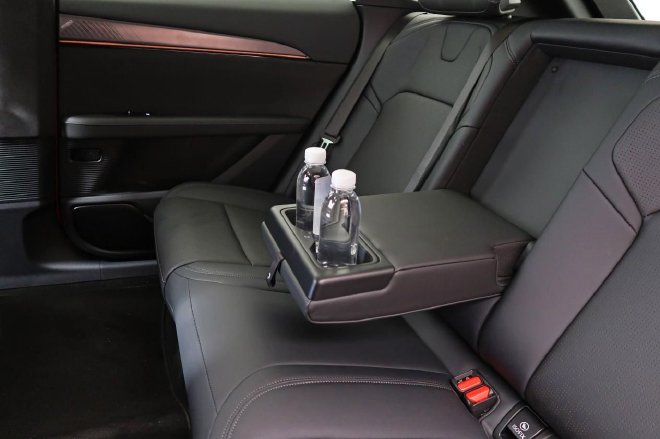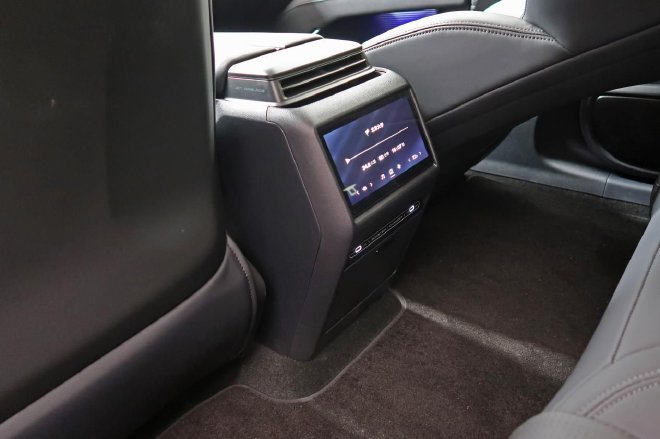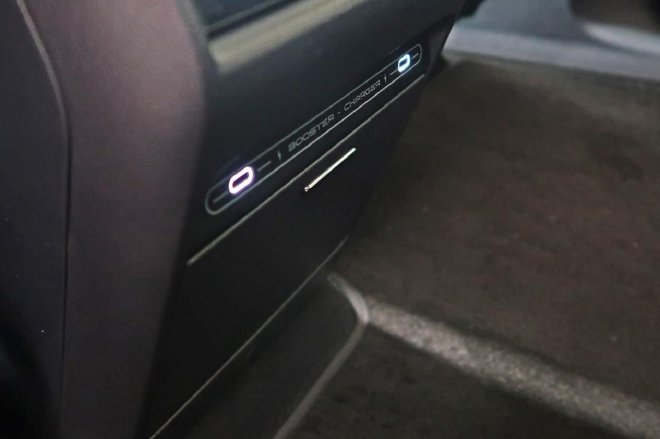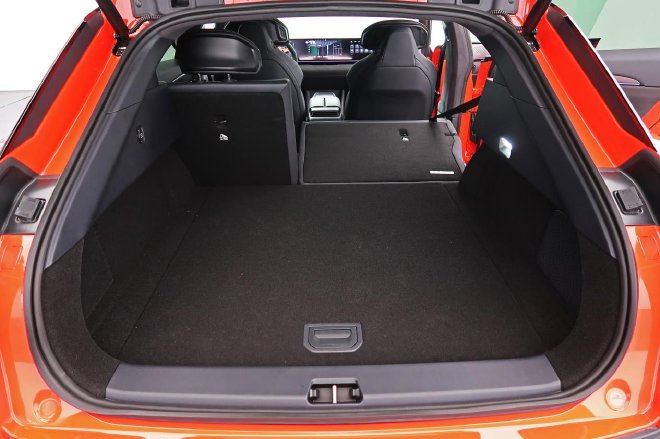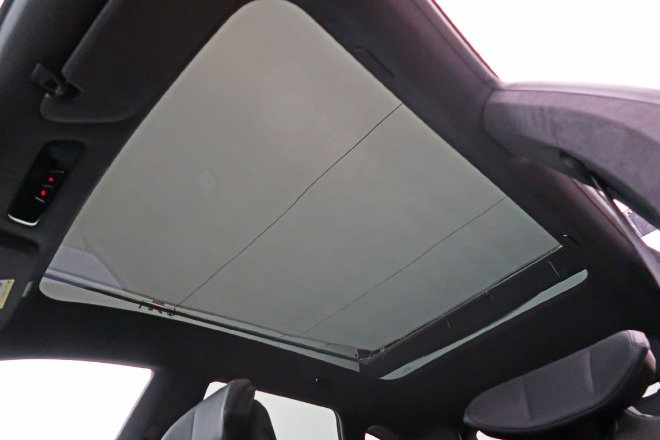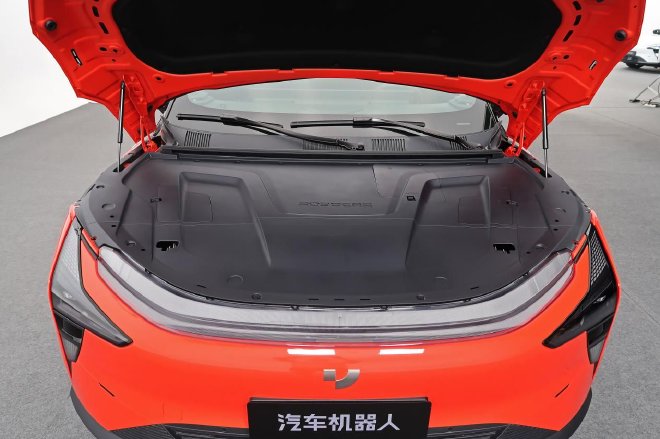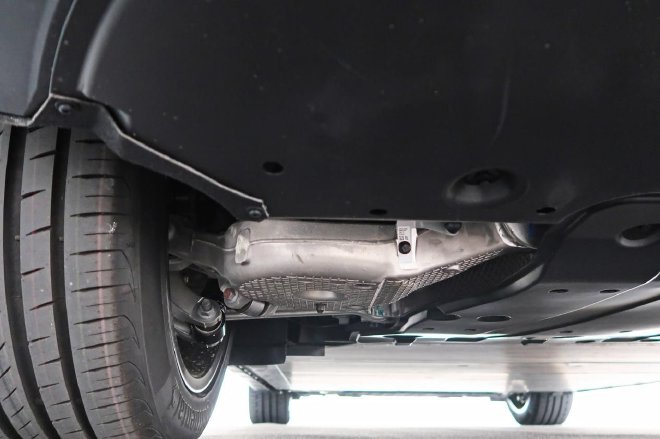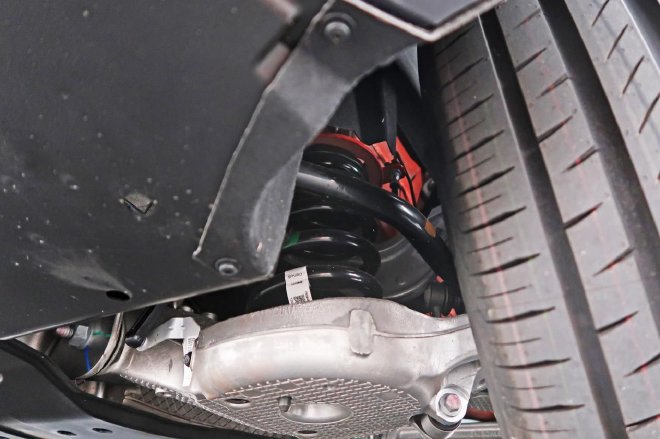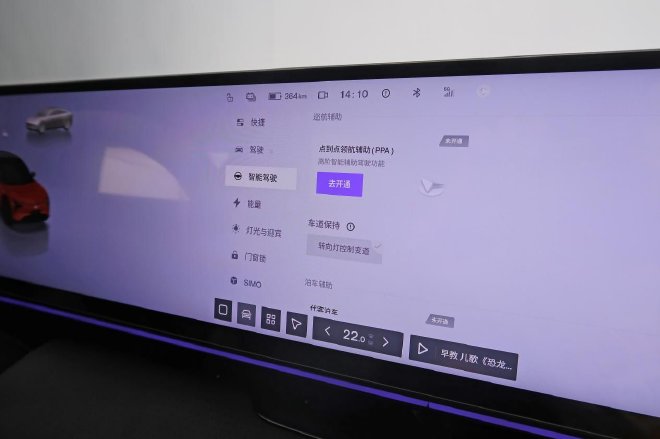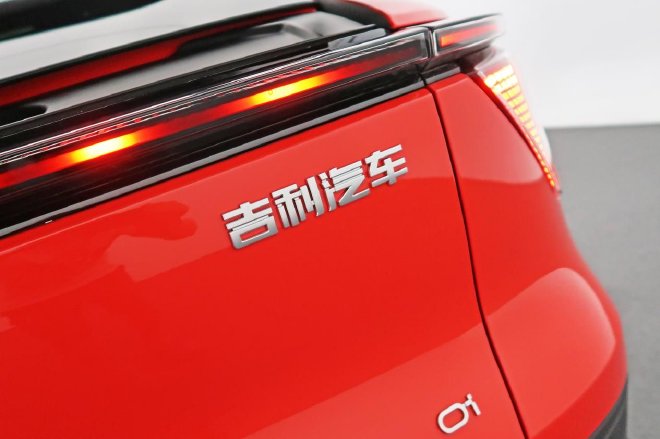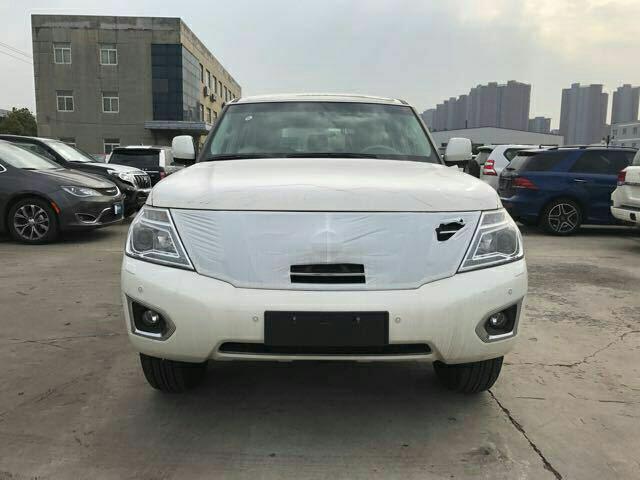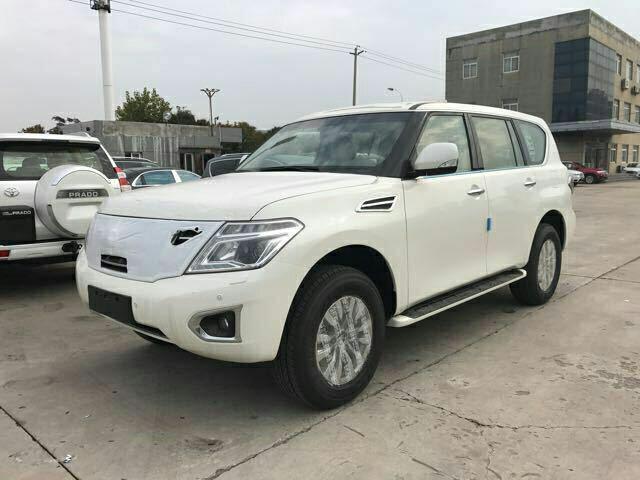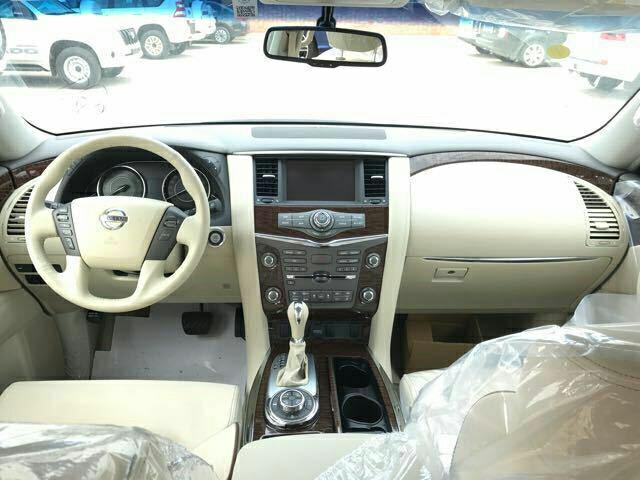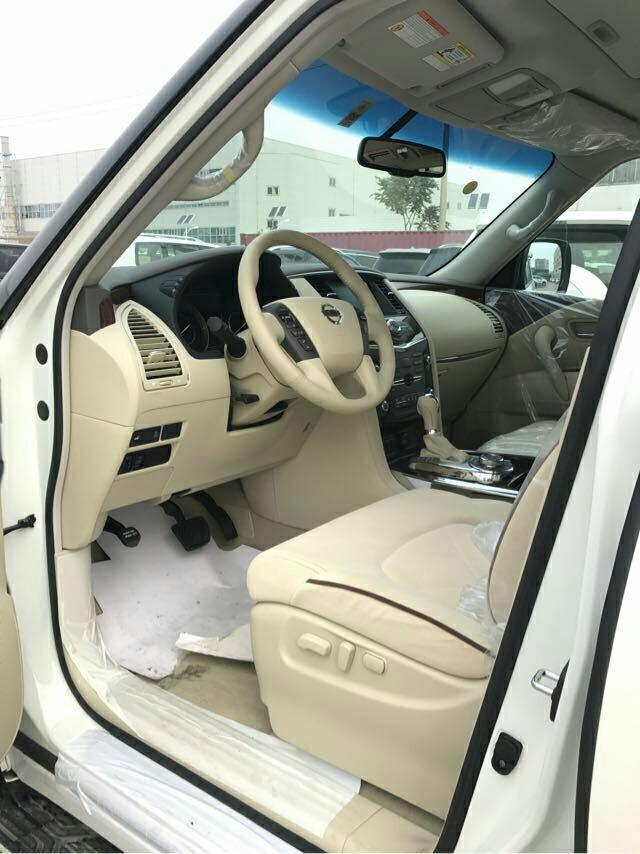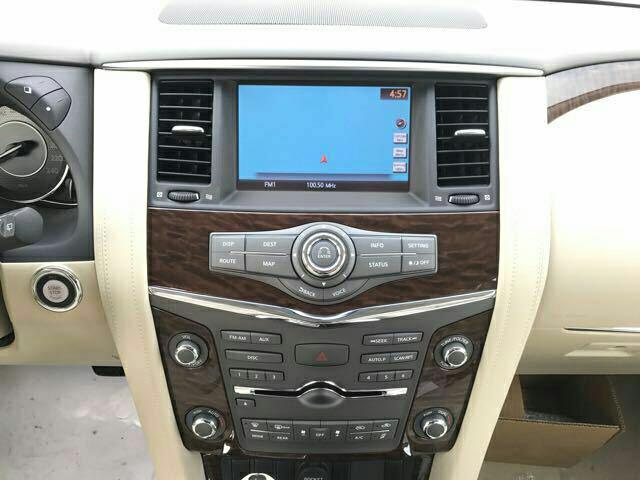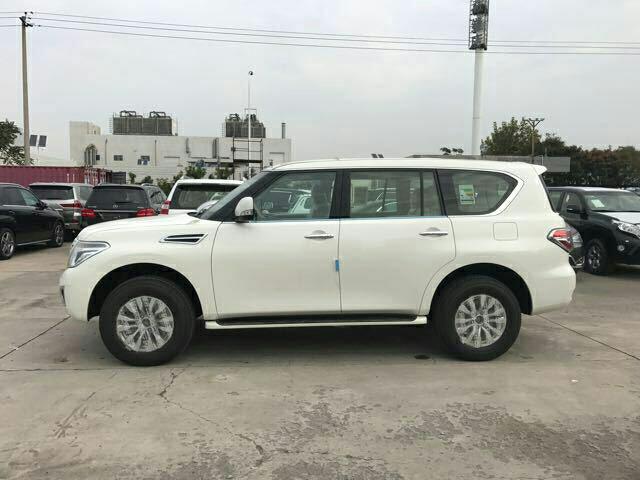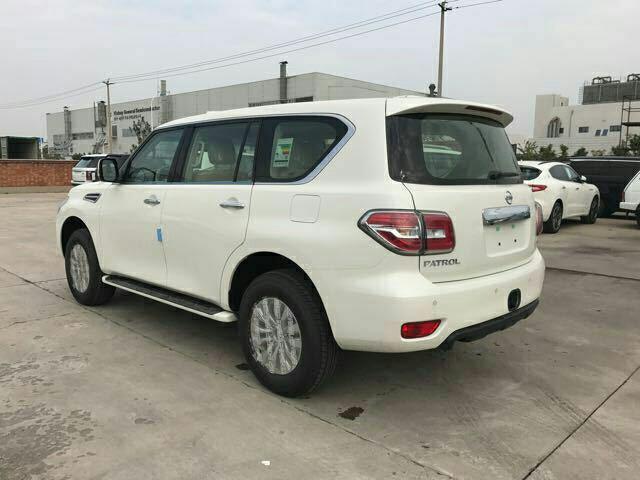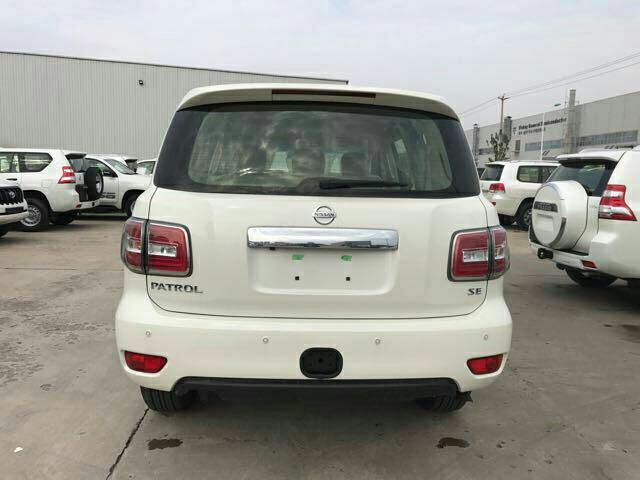Friends who like to play mobile games have seen it. Xiaobian has brought you the most popular mobile game list. Every game in the list is the most popular mobile game, with extremely high-definition pictures and rich gameplay content, which will definitely make you fall in love in one second! There are so many welfare gifts waiting for you. Come and have a try.
The most popular mobile game list

Discount mobile game Recognized top ten mobile gamesThe latest legend
First place: Legend 176 Nostalgia Edition
Recommended index:
Legendary 176 nostalgic version of the mobile game is a retro legendary nostalgic version that is deeply loved by a large number of players. It inherits the classic PK gameplay and ignites the passion with the brothers of the past! Every day, there are tens of thousands of people online to relive your youthful passion. The strong ones compete with extraordinary blood, playing treasure, exploding clothes and attacking sand with blood, and entering this open world in one second to create your brilliant legend.
Second place: dragon power perverted version
Recommended index:
In the abnormal version of Dragon Power game, a copy of playing gold is specially prepared for players. Civilian players can also experience the fun of playing high-explosive treasures and trading freely here. A variety of battle modes and brand-new dynamic light and shadow effects are adopted, allowing players to enjoy the legend of mir at their fingertips. All the equipment is played by themselves without krypton and liver, and they can also participate in gang battles and experience the most original legendary gameplay.
Third place: Fire Knight BT Edition
Recommended index:
Fire Knight BT Edition is an ARPG mobile game adhering to the classic legendary gameplay. The picture created by the advanced 3D engine is very beautiful and gorgeous. There is a very powerful BOSS waiting for you to kill in the game. The super-high explosion rate can also explode the BOSS. The brand-new world map can walk sideways, and a large number of rich game benefits are soft. Don’t miss it for friends who like legendary games.
Fourth place: the cracked version of the battle of the gods.
Recommended index:
The in-house purchase cracked version of the Battle of the Gods is a legend of mir mobile game with a high degree of freedom. The celebrity endorsement has a high explosion rate, and rich materials can be obtained with one click. It is easier to team up with friends. There are a large number of game copies in the game waiting for the players to challenge, and there are many benefits available for free every day. The retro painting style creates nostalgic legends. Come on, friends who like legendary games!
Fifth place: the bt version of the celestial sphere
Recommended index:
The quality of the bt version of the mobile game in Shenyu Sky is very high-definition and delicate. It uses a 3D engine to create a passionate legendary world. When it goes online, it will be attacked by infinite knives. Ten thousand people compete with their brothers to fight in Shacheng, make a treasure deal, and individual players can quickly become local tyrants. All kinds of cool equipment can be soft, and they can play without gold! What are you waiting for? Come into this wonderful legendary world.
Sixth place: Dragon Flame War Abnormal Edition
Recommended index:
Dragon Flame War Abnormal Edition is a brand-new online legendary mobile game with magical themes in 2022. It will be sent to GM at the beginning of the game, and the three professions of passionate fighting will allow players to immerse themselves in this legendary world for one second, and get all kinds of exclusive equipment with a high explosion rate. You will have to play without a threshold, and join your brothers in the Mafa mainland to create your brilliant legend!
1, the empire throne cracked version
The cracked version of the imperial throne
The cracked version of the Imperial Throne is a legendary role game with a super hot theme in 2022. It uses the most advanced 3D engine to create a picture, which brings players the extremely cool and gorgeous legendary world. The fire dragon knife has a super high explosion rate and rich tasks waiting for you to challenge, fight with brothers in Shacheng, have a fierce battle, and compete for the whole service!
2, a hundred battles to seal the cracked version of God
The cracked version of the hundred battles
Hundreds of battles to seal the gods and crack the version is a very popular legendary mobile game recently. When you go online, you can send GM unlimited smoke, and you can hit unlimited light beams with knives and knives. You can also explode the ultimate magic costume by playing mobsters, and you can get additional game rewards by logging in and signing in continuously every day. Many people online have full-screen blood PK, and all kinds of cool skills kill the audience, and you can get a high rebate online. Come on, friends who like legendary games!
3. Our sand city
Our sand city
Our legendary mobile game in Shacheng is a legendary role-playing game with 3D engine. The new BOSS is coming, and the challenge is more difficult. Every day, there are all kinds of wonderful activities and tasks waiting for you to complete, recycling and sending top-up currency, and making real money. The legendary mobile game can also explode top-level costumes, and you can experience many classic games such as wild red name, cross-service competition and guild gangs.
4. Anger of blood
Anger of blood
Anger of Blood mobile game is a legendary fingertip mobile game with retro feelings. The classic legendary gameplay and cool skills and special effects will definitely make you like this game, free professional equipment, allowing players to easily switch careers, and start a brand-new duel in this vast battlefield of Shacheng. Offline hanging-up gameplay really liberates your hands, and you can get massive experience rewards online.
5. Firewire conflict is genuine
Firewire conflict genuine
Firewire conflict genuine game not only contains wild PK, but also can team up with friends and brothers to challenge BOSS, inheriting the most classic legendary gameplay. Players can choose from three major professional types of warfare and tactics, with a high explosion rate, players can compete fairly, and all the equipment is played by themselves. Top-level gods can become rich with one click, and civilian players can also fight against local tyrants.
6. The legend of the world’s heroes touching gold
The legend of the world’s heroes touching gold
The legendary mobile game of the world is a legendary ARPG mobile game with the theme of tomb raiding, which was newly launched in 2022. It combines the plot of tomb raiding with the familiar legendary gameplay, and its unique perspective gameplay brings players a unique new game experience. The game adopts the gameplay of automatic equipment picking, automatic recycling and automatic fighting, which truly liberates hands and can be played anytime and anywhere.
7, Xianxia Legend Cracked Edition
Xianxia legend cracked version
Xianxia Legend Cracked Edition is a retro legendary mobile game with high-definition 3D image quality. The new best product has a high explosion rate, and you can experience the thrill of knife cutting and knife crit, easily defeating all kinds of opponents. The mobile game has rich gameplay to experience, and there are a lot of tasks waiting for you every day. You can get a huge reward by signing in continuously every day. Don’t miss it for those friends who like legends!
8. Phantom Beast Mainland Single Professional Edition
Phantom beast mainland single professional edition
Fantasy Beast Mainland Single Professional Edition is a bloody competitive mobile game that many players are playing. The screen effect created by 3D engine is extremely real. Revisit the legendary world of passion and blood, participate in the guild hegemony, fight bloody battles with brothers, participate in bloody PK willfully, enjoy a hearty battle, and there is a brand-new PK arena waiting for you to challenge. Don’t miss it for friends who like legendary games!
9. Magic Valley Abnormal Edition
Devil’s Valley Abnormal Edition
The abnormal version of the Magic Valley mobile game is a legendary welfare mobile game created by 3D engine. You can get a huge amount of benefits when you go online, and you can get a powerful pet at the beginning. You can play gold with a super high explosion rate, and a large number of copies of BOSS are waiting for you to kill. The competitive atmosphere is excellent and the sense of substitution is very strong. In this magical legendary world, you can use infinite knives to fight, and there are many surprises waiting for you!
10, Dragon City Secret Abnormal Edition
Longcheng secret metamorphosis edition
There are a large number of copies of the difficulty coefficient waiting for players to take risks and challenges in the abnormal version of the Dragon City Secret World game. The classic three-occupation tactics are randomly selected, which perfectly balances the data between occupations, freely switches careers and is extremely interesting. Newcomer players also receive generous novice benefits when they log in for the first time, and there are mysterious prizes when they insist on signing in every day.
BT players can get novice gift packages by clicking "Milu Game Box" when looking for games, receiving gift packages and looking for customers!
Milu game genuine
Today, I recommend a box for you to play abnormal welfare games — — Mi Lu Game app, where players can find the most popular bt version, full V version, gm version and other game resources in the whole network, and also enjoy the recharge discount online. The payment is only 30% off, and the first charge is given to new users when they register for the first time. You can get gold coins and ingots every day when you log in, and players don’t spend money to play games here!
Summary: The above is all the contents of the most popular mobile game rankings and the top ten 2022 mobile games in the popular game rankings brought by Xiaobian. If you like it, try it quickly!
